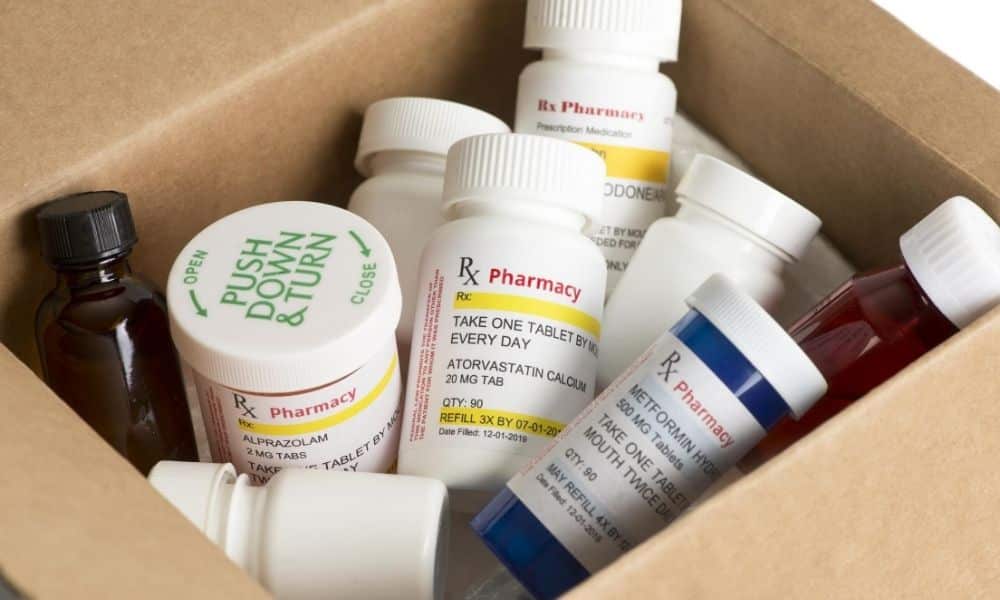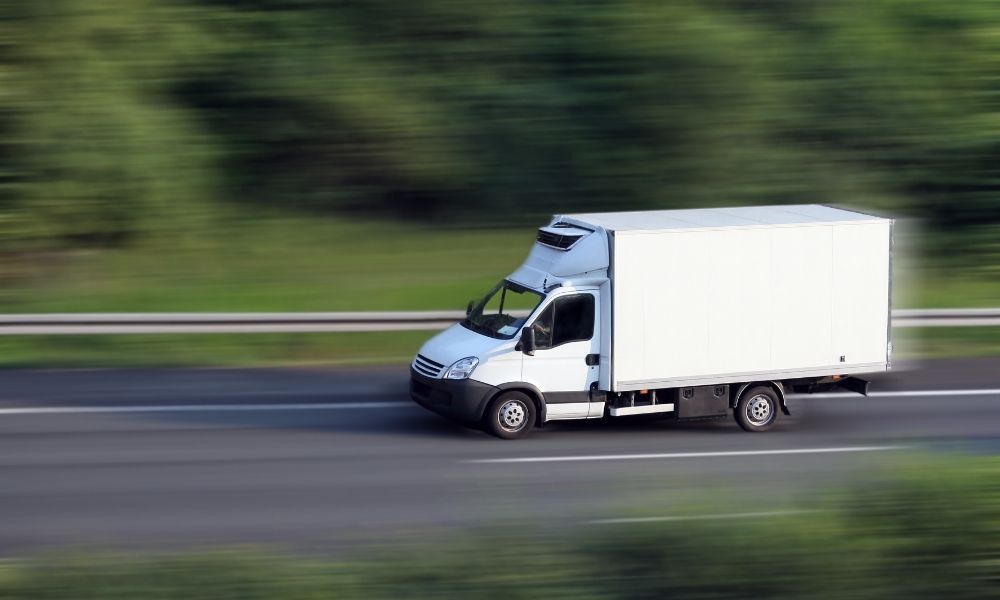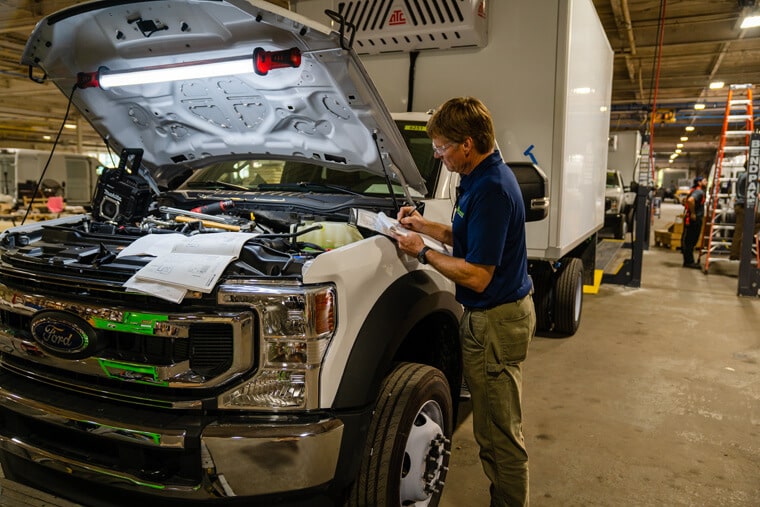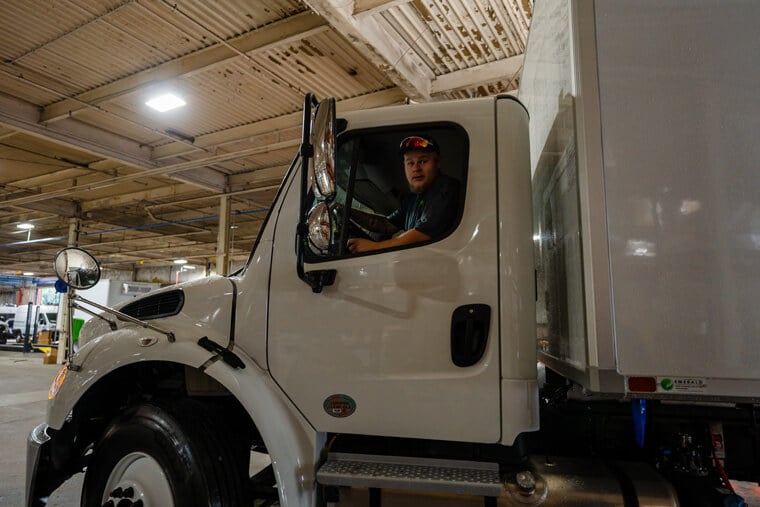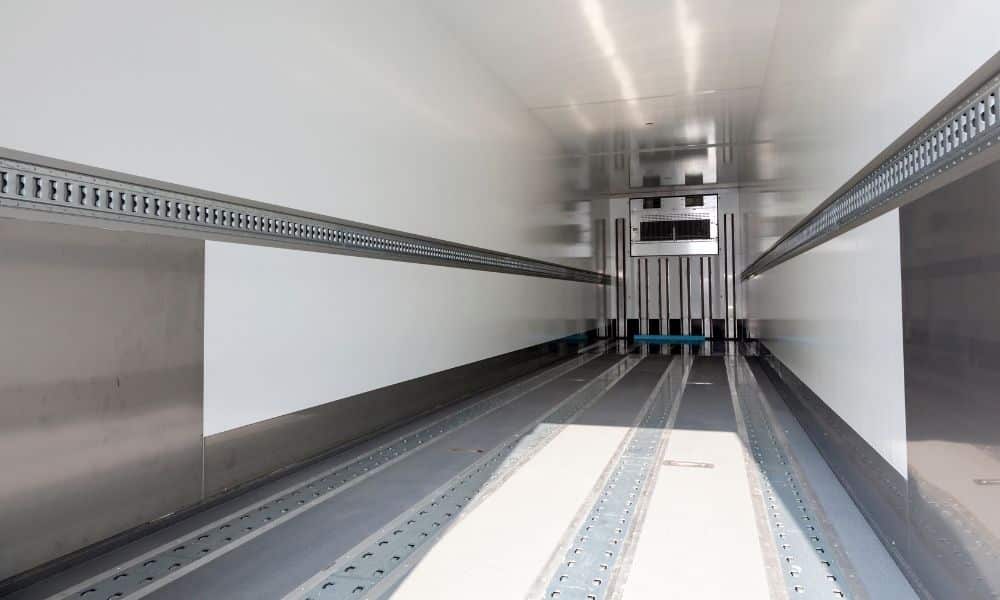
The Versatile Refrigerated Truck and COVID-19
Joe Dickman | February 18th, 2022
Thanks to the cold supply chain and refrigerated transportation, much of modern life is made possible. Refrigerated vehicles have also been increasingly vital in helping humanity tackle COVID-19 since the pandemic began. Look below to discover more about the versatile refrigerated truck and COVID-19.
Understanding the Cold Supply Chain
The cold supply chain is a persistent storage and delivery operations sequence that maintains perishable products at a specific temperature range. If these goods spend any amount of time outside of a refrigerated environment, they can become spoiled or unusable. The process is crucial in preserving the quality of products and ensuring that they remain safe during transportation.
Cold Chain and COVID-19
You must store certain vaccinations at a consistent temperature from the moment you manufacture them until either you administer them, or they expire. The criteria are so stringent that even if the temperature falls outside of this range for a brief period, the vaccine may lose its efficacy and become unsafe for use. COVID vaccines fall within this category of requiring rigorous temperature control.
The shelf life for COVID vaccines, such as Pfizer Comirnaty, is noticeably short. Once you expose a vaccine to temperatures outside their safe zones, you only have a short window to use the immunization, reduce the temperature, or risk having it expire.
Early in the rollout, this posed distribution challenges because there wasn’t a fully functional refrigerated transportation and storage infrastructure to handle the massive demand. However, additional refrigerated vehicles and storage options were shifted to the cause and helped smooth out the process.
Refrigerated Trucking’s Role
Refrigerated trucks, having climate-controlled cabins and massive storage capacity, play an essential part in this chain. It would be hard to deliver vaccinations and life-saving medicines throughout the country and worldwide without these vehicles.
In fact, the need for refrigerated vehicles has surged in recent years to catch pace with the demand for COVID vaccination rollouts. As medical advances continue, there will be an increasing number of immunizations and other pharmaceuticals that will need temperature-controlled storage and distribution.
It’s important to understand the role of the versatile refrigerated truck and COVID-19, as these vehicles are critical to ongoing attempts to battle the epidemic. Emerald Transportation Solutions is proud to offer commercial refrigerated trucks for all your perishable product transportation needs. Feel free to contact us with any questions about our products!
Related Articles
Contact Us
Feel Free To Contact Us If You Have Any Questions
What does under DOT mean?
Questions regarding DOT requirements come up often. 10,000 lbs GVW (gross vehicle weight) and over are commercial vehicles that fall under the Department of Transportation regulatory requirements.
What is the difference between GVW and payload?
GVW or Gross Vehicle Weight is the entire weight of the vehicle including the payload. The payload weight represents the amount of cargo you are hauling.
What is a self-powered unit and a vehicle-powered unit?
A self-powered unit has its own fuel source and will run independent of the truck. This is the heaviest and most expensive option. While vehicle-powered units run off the engine via a compressor mounted on the engine. These are less expensive and lighter in weight but you must run the truck or plug the electric standby into shore power.
What does K-factor mean and why is that important?
K-factor is a term that stands for the overall insulating value of the container (truck body). Quite simply the lower the K-factor the better the truck body will be able to maintain a given temperature and require less energy to do so.
How much lighter is a Poly Van vs a US spec body?
Poly Van bodies are very light. On average we estimate we are 75-150 lbs per foot lighter than a traditional sheet and post foamed in place body. These weight savings translates to less fuel burn and less CO2 emissions, along with added payload, the most important benefit.

